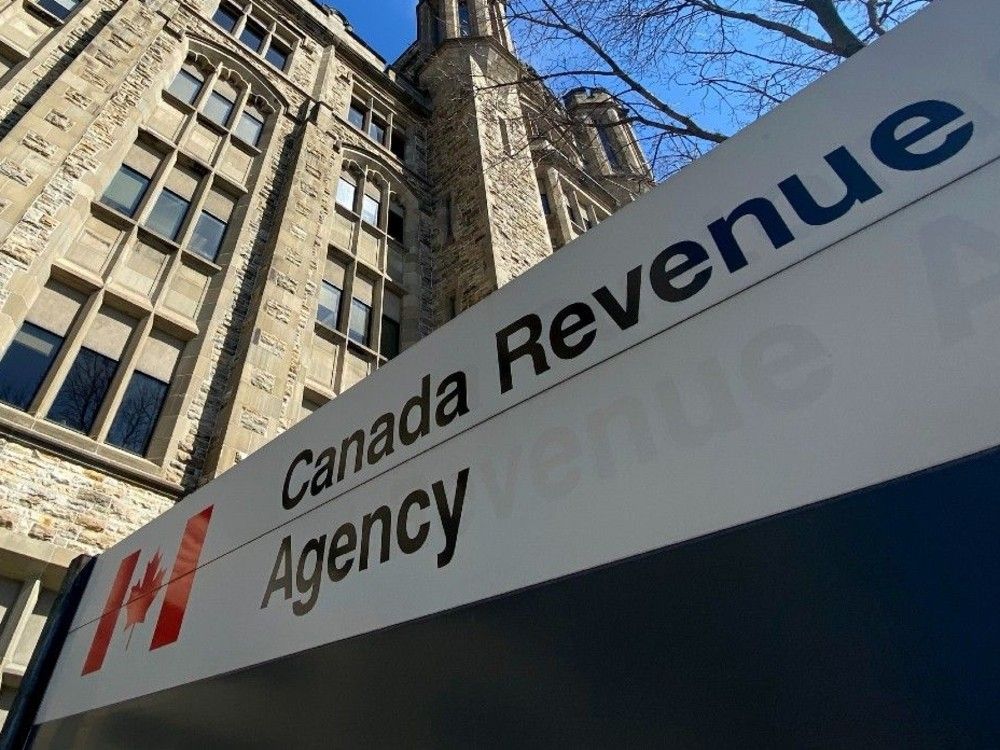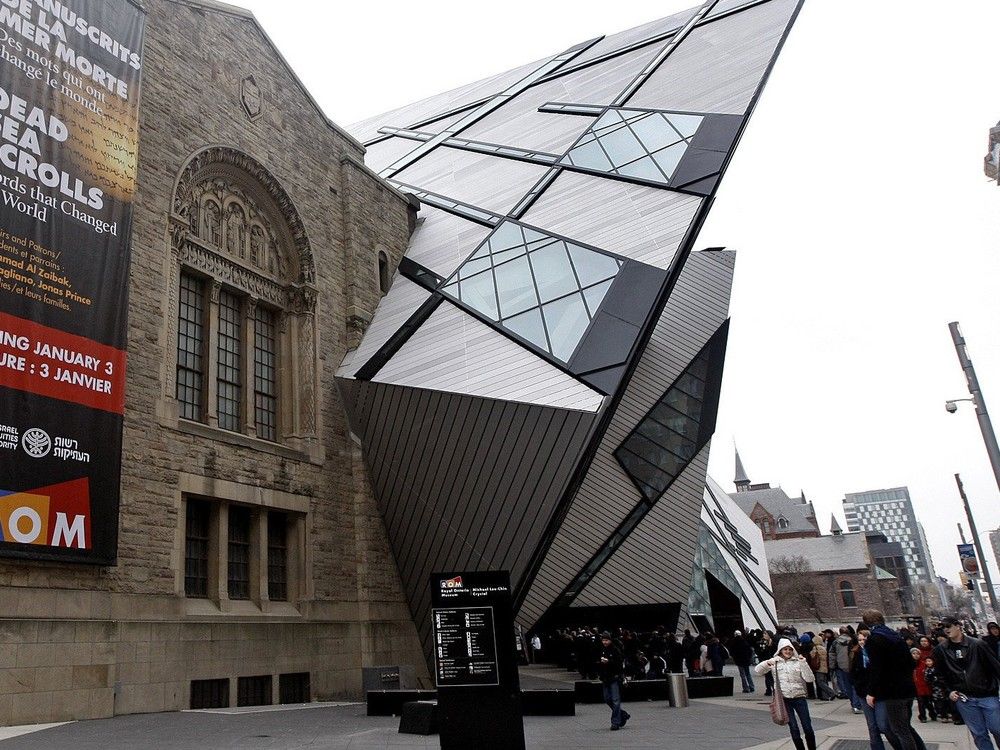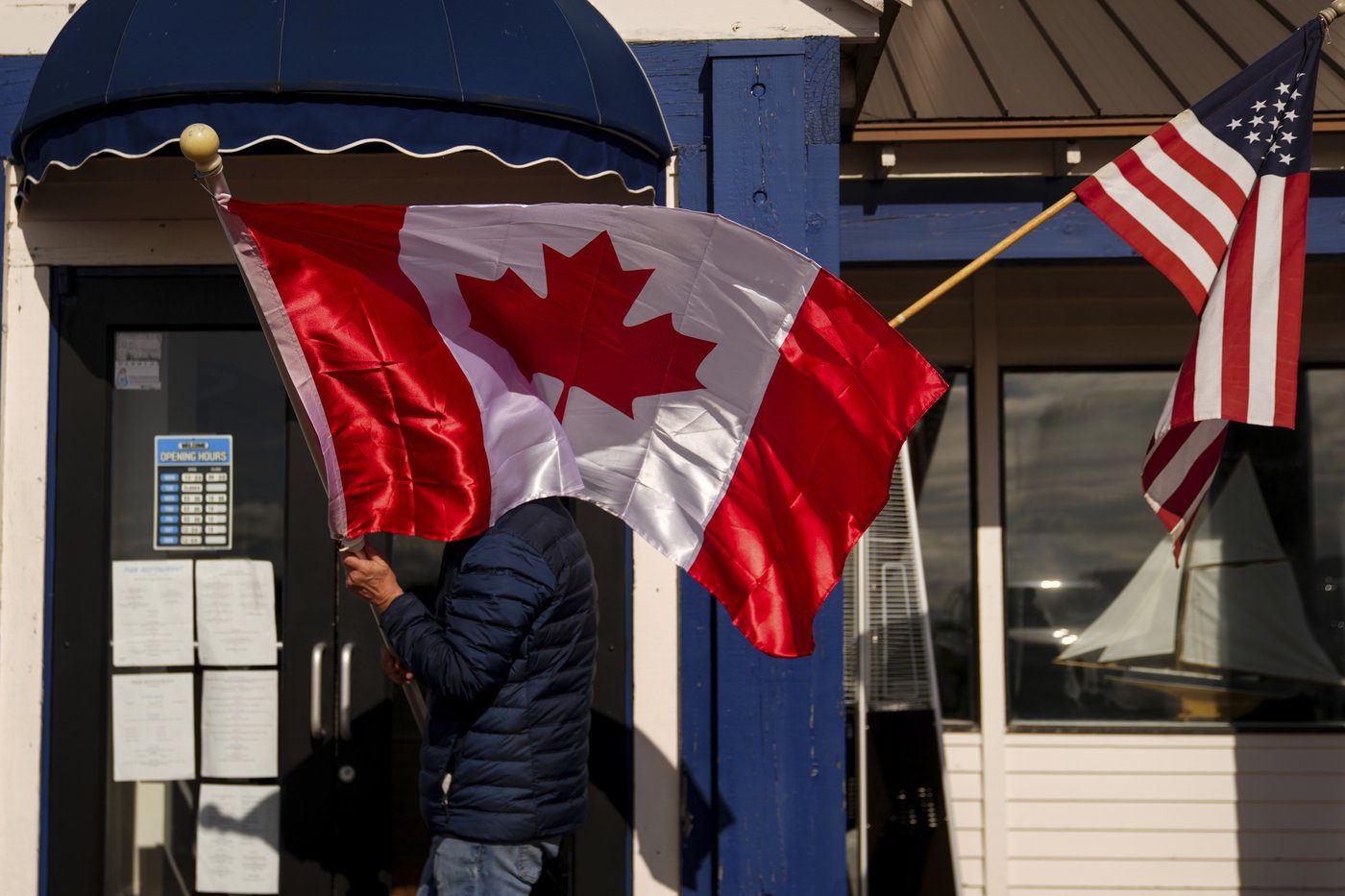
The start of a new year means the clock is ticking closer to the deadline for taxes to be filed and money owed to be paid. Canadians have until April 30 to
. If they owe money, that’s also the last day to pay before incurring penalties and interest.
But the opposite side of the ledger doesn’t work in quite the same way. As of last October, The Canada Revenue Agency (CRA) says it’s been sitting on a pile of more than 10 million uncashed cheques. Here’s what to know.
How much unclaimed funds are we talking about?
The CRA says its unclaimed cheques — exactly 10,279,770 at last count — are valued at $1,752,004,000. That $1.7 billion means each cheque has an average value of about $170.
That’s equivalent to a stack of cheques a kilometre high, or tucked away in more than 3,000 filing cabinet drawers. (Though to be fair the CRA doesn’t have them all printed out and awaiting pickup.)
What do the funds represent?
The CRA website lists 42 separate types of payments that have been unclaimed. They range from the standard T1 income tax refund and the Canada Child Benefit to more obscure payouts, such as the Newfoundland and Labrador Income Supplement, the Yukon Child Benefit and the
.
That last one is more than 20 years old!
Yes. The Alberta 2005 Resource Rebate was a one-time payment made to Albertans by the Ralph Klein government under the province’s surplus that year. Tax-free cheques were sent directly to every Albertan over 18 who filed a tax return in 2004, and to any child born in the province up to 2005.
This illustrates two ways that someone might have missed out on one of these government payments. An adult who didn’t file a tax return or a baby (now in their twenties) whose parents didn’t get the cheque might still be owed that money.
“Cheques can date back as far as 1998 and, because government-issued cheques never expire or stale date, the CRA can reissue a payment once requested by the taxpayer,” a CRA spokesperson
last year.
What other reasons are there for money not being claimed?
Lack of direct deposit is a big one. Paper cheques that are mailed can get lost, stolen or delivered to the wrong address if a person has moved or is deceased.
The CRA has long pushed Canadians to both file their taxes electronically and to receive payments through direct deposit. In fact, this year the government opted to
to taxpayers, though they can still request them or print them themselves.
How can I find out if I’m owed money?
The CRA has a
devoted to uncashed cheques. The simplest way is to log into your account (conveniently called My Account) and look for the “uncashed cheques” link on the overview page.
It’s worth noting that the page won’t list cheques that are less than six months old, those for COVID-19 benefits and subsidies, those for a business or trust, or those sent by direct deposit. For all of that (or if you can’t access the account online) you’ll need to
directly.
What happens to it if I don’t claim it?
As satisfying as it would be to imagine a big pile of cash (or all those filing cabinets), the money just resides in the government’s general coffers, being used for general government purposes, until it is claimed.
How do I receive the money?
The CRA page has links to a form to fill out, requesting payment. The site notes that processing may take 10 to 12 weeks, and that delivery by mail may take an additional 10 days. (Another reason to sign up for direct deposit.)
What if I also owe the government money?
Ah, there’s the rub. If you’re in arrears to the government, they may take part of your requested payment away to square things before sending the remainder (if any) to you.
How much has already been claimed?
Since 2020, when the online system for uncashed cheques was set up, Canadians have received 4,960,380 cheques valued at just over $1.8 billion. However, the unclaimed tally also continues to grow each year, hitting a record high of $1.8 billion in 2024 before falling slightly to where it is now.
Our website is the place for the latest breaking news, exclusive scoops, longreads and provocative commentary. Please bookmark nationalpost.com and sign up for our daily newsletter, Posted, here.






